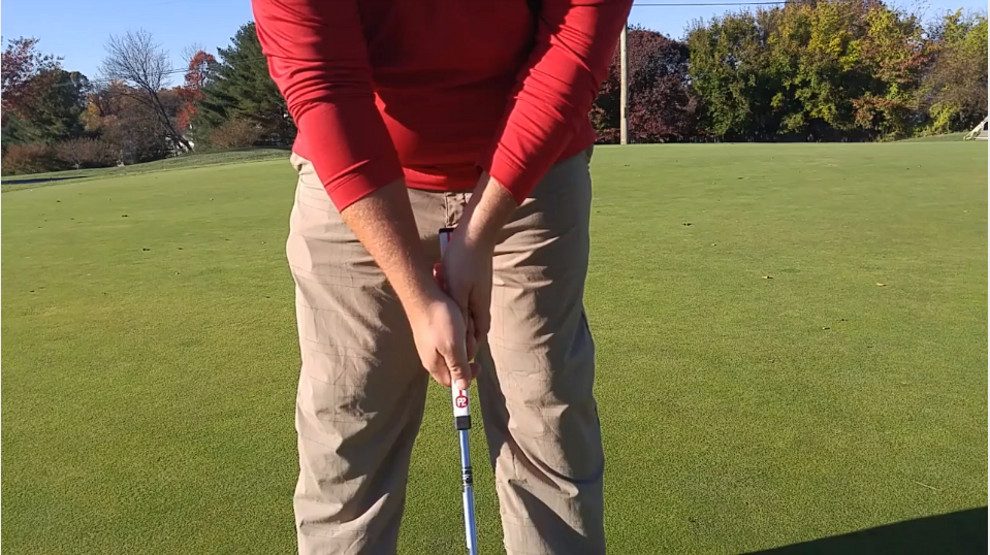The golf grip is the most fundamental part of the golf swing. You have to grip the club to swing it, and it sets up everything else you want to do.
No matter whether you choose the overlapping grip, the interlocking grip or the 10-finger/baseball grip, the comfort you feel on the club isn't quite as important as if your golf grip is neutral, weak or strong. Those terms are kind of strange for a newcomer, or even for an experienced player, so we wanted to show you what makes a golf grip neutral, weak or strong.
Generally speaking, you can think of the grip on your golf as being divided into two halves (it's a tube, after all). If you're a right-handed player and putting your hands on the club, then the left side of the grip is considered the weak side. The right side of the grip is considered the strong side. The middle, or as close as you can get to it, is considered the neutral range.
So, if your hands are more to the right side of the center line of the grip, you have a strong grip. You can tell this based on the position of your thumbs on the golf club. That strong grip can promote a draw because it promotes an inside-outside swing path, which leads to a draw.
If your hands are more to the left side of the center line of the grip, you have a weak grip. That strong grip can promote a fade because it promotes an outside-inside swing path, which leads to a fade.
If your thumbs are lined up right along the center of the grip, then you have a neutral grip. That's a great starting place for your swing. As you get more experience or feel more comfortable messing with grip position, and what it does to your swing and shot shape, then you can pull those levers to help you maneuver the golf ball in either direction.
Since you have two hands on the grip, your grip works as a system, but each hand can independently be its own degree of weak, strong or neutral. However, you have to take the total net effect of the grip into account when analyzing the strength.

